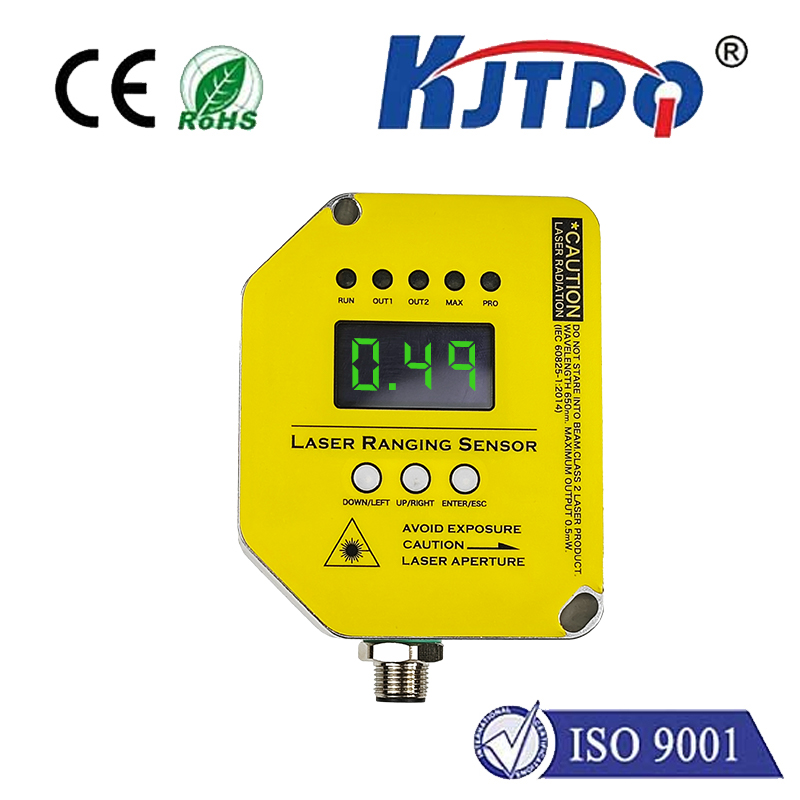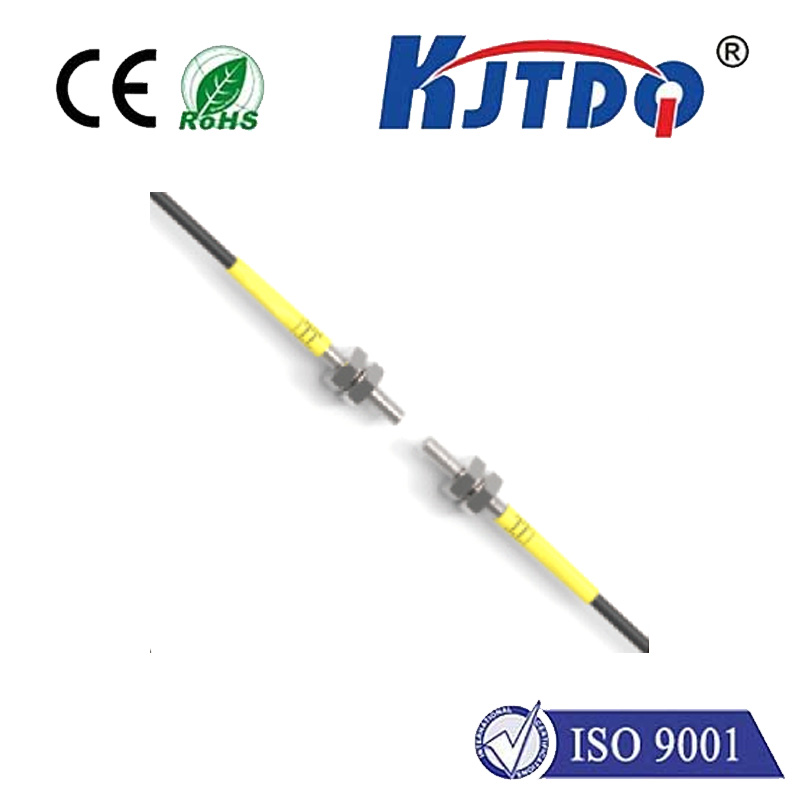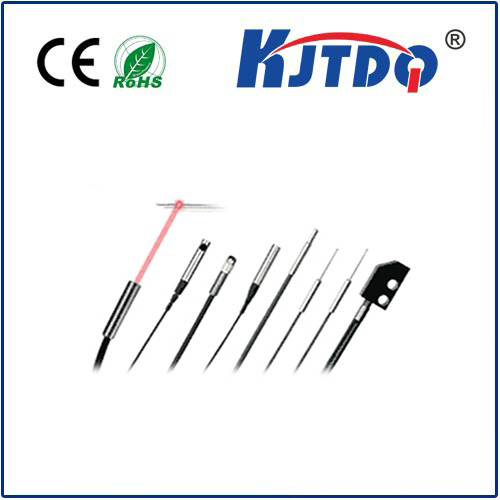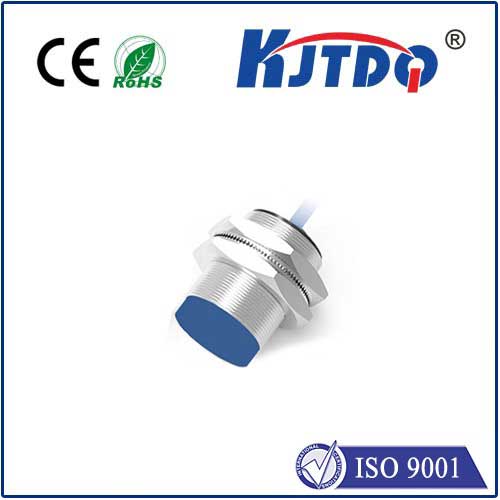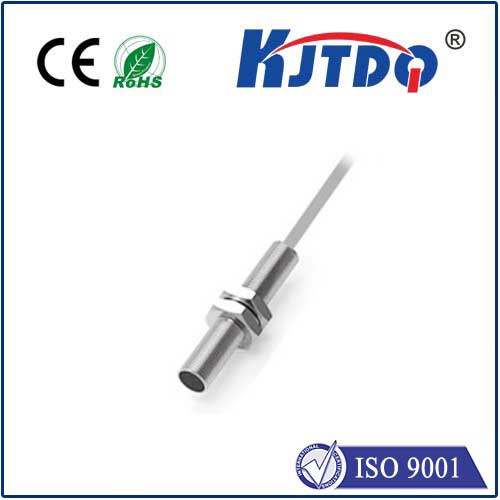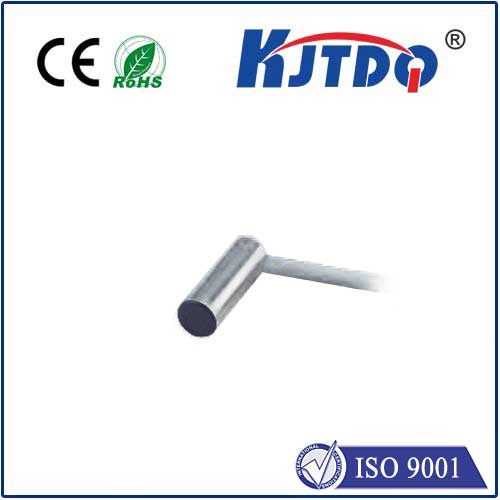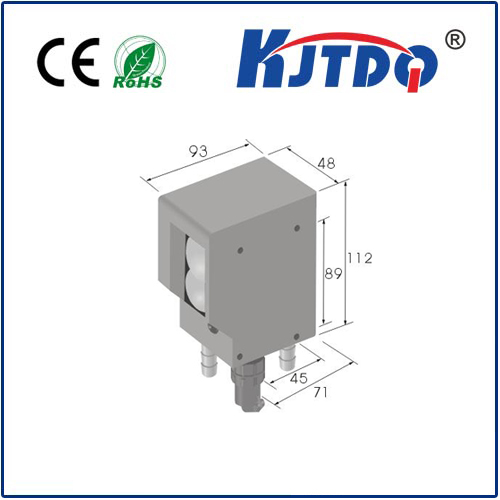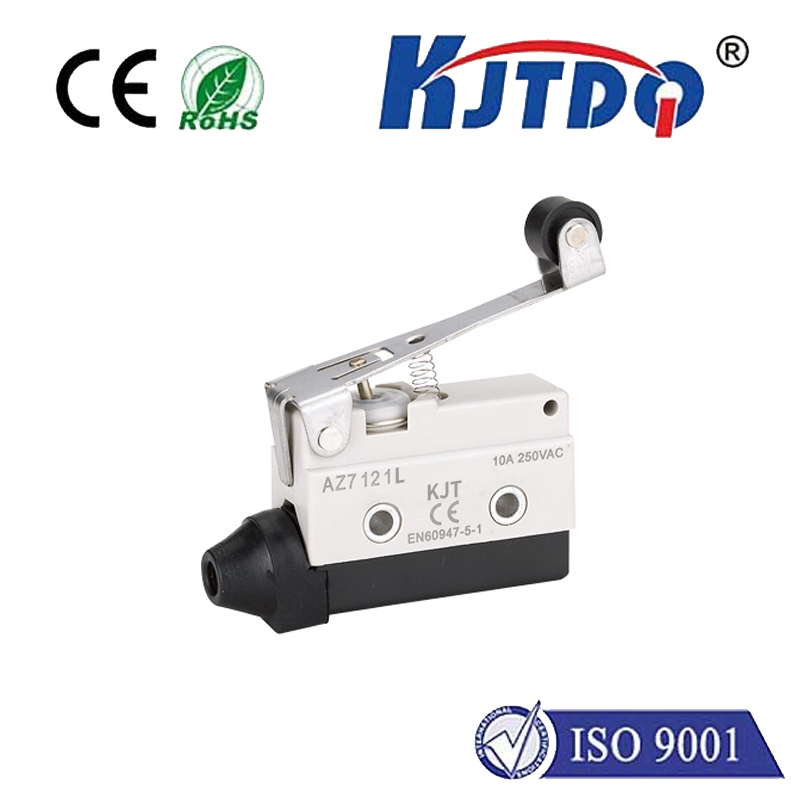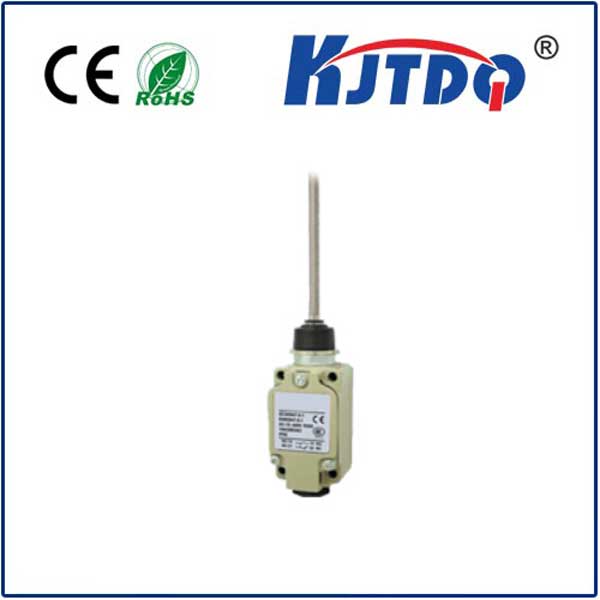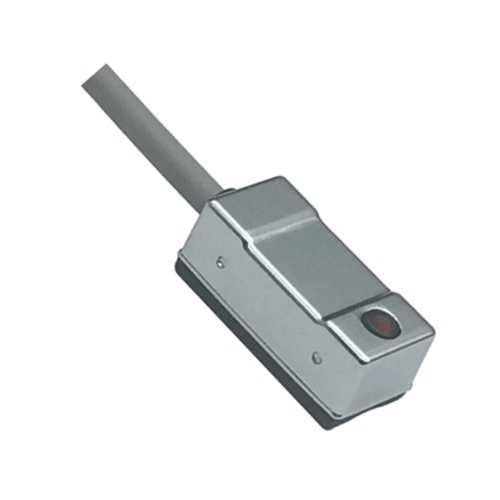

check

check

check

check
Imagine a manufacturing line humming with precision, robotic arms moving flawlessly, and products gliding from one station to the next. Now, imagine that same line suddenly grinding to a halt because a critical component wasn’t detected, or worse, colliding with an unexpected obstruction. The culprit? Often, it’s a failure in detection – the crucial moment where machine intelligence meets the physical world. This is where Autonics proximity sensors step in, not just as components, but as fundamental enablers of seamless automation, safety, and peak productivity. Understanding proximity sensor technology and the reliability Autonics brings is key to unlocking smoother, smarter operations.
Demystifying the Proximity Sensor: The Invisible Sentinel
At its core, a proximity sensor is an electronic device designed to detect the presence or absence of an object without physical contact. Think of them as the eyes and feelers of automated systems, operating silently and reliably in environments where human senses or mechanical switches would struggle or fail. They work by emitting a field or beam and sensing changes caused by a target object entering that field. This non-contact detection is revolutionary, eliminating wear and tear, reducing maintenance, and enabling incredibly fast response times – often measured in milliseconds. From counting bottles on a conveyor to ensuring a robot gripper has securely grasped a part, or preventing a machine from operating if a safety guard is open, proximity sensors are ubiquitous in modern industry.
Autonics: Precision and Performance at the Heart of Automation
Enter Autonics. For decades, this global leader in automation solutions has been synonymous with high-quality, dependable sensor technology. When discussing sensor proximity Autonics, we’re talking about a comprehensive portfolio engineered for robustness and adaptability. Autonics doesn’t just make sensors; they provide reliable detection solutions built to withstand the rigors of demanding industrial environments – think extreme temperatures, moisture, vibration, oil, and electromagnetic interference. Their commitment to innovation means offering a wide array of sensing types to tackle virtually any application challenge.
Key Autonics Proximity Sensor Categories: Tailored Solutions
Why Autonics Stands Out: Beyond the Basic Detection
Choosing Autonics proximity sensors isn’t just about picking a sensor; it’s about investing in performance and peace of mind:
Applications: Where Sensor Proximity Autonics Makes the Difference
The true power of Autonics proximity sensors is evident in real-world impact:
Optimizing Your Automation with the Right Detection
Selecting the ideal Autonics proximity sensor hinges on specific application needs: the material of the target, required sensing distance, environmental conditions, electrical requirements, and physical mounting constraints. Autonics’ extensive catalog and technical resources empower engineers to make informed decisions.
In an era where efficiency, safety, and uptime are paramount, overlooking the foundation of detection is a costly mistake. Autonics proximity sensors provide the unwavering vigilance needed in the background. They are the silent, reliable partners ensuring machines operate as intended, processes flow smoothly, and production goals are met consistently. By leveraging the precision, durability, and versatility of sensor proximity Autonics solutions, industries build a more resilient, efficient, and ultimately, more profitable automation infrastructure.
